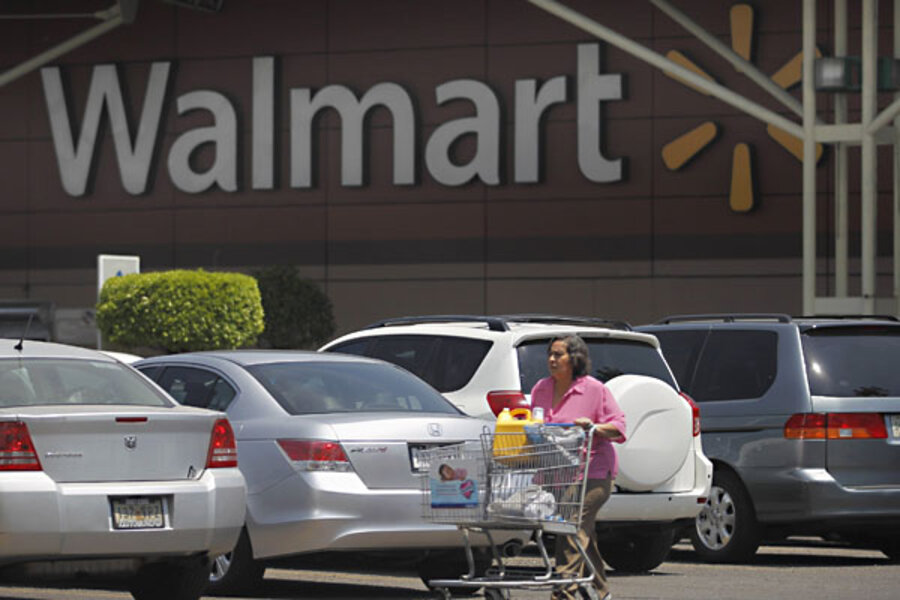The best and worst grocery stores: You get what you pay for
Loading...
I can’t stand customers who choose to shop at Walmart but still complain about the service. Walmart is known for rock-bottom prices, so long lines and lackluster customer service shouldn’t be a shocker.
In fact, that’s exactly what Consumer Reports discovered when they asked more than 24,000 people to rate their grocery shopping experiences for the magazine’s May issue. Despite its low prices, Walmart ranked among the country’s worst supermarkets. Check it out…
The rankings
The best…
Consumer Reports polled shoppers about food prices, selection, and quality – as well as customer service, line length, and crowds. Four chains came out on top. In particular, the magazine says shoppers praised these supermarkets for “quality meat and produce, a clean shopping environment, and very good or excellent prices.”
- Costco Wholesale
- Fareway Stores (located in Illinois, Iowa, Minnesota, and Nebraska)
- Trader Joe’s (Arizona, California, Connecticut, Massachusetts, Nevada, New Jersey, New York, Oregon, and Washington)
- Wegmans (Massachusetts, Maryland, New Jersey, New York, and Pennsylvania)
The worst…
Three chains came out on the bottom because they “tried customer patience the most.”
- Pathmark (Delaware, New Jersey, New York, Pennsylvania)
- Pick’n Save (Wisconsin)
- Walmart
In limbo…
Two chains were rated as highly in certain categories as they ranked poorly in others.
- Whole Foods (located in the U.S. and Canada) ranked “very high overall” but was criticized for “exceptionally high prices.”
- Walmart was praised for its low prices but performed poorly enough in other categories to still be ranked among the worst supermarkets overall.
The moral of the story
Although many supermarkets avoided the best- and worst-ranked categories, I see two lessons that any grocery shopper should take away from these survey results…
- If you get what you pay for, you must choose between quantity (i.e., price) and quality (i.e., service). This seems obvious, but I find myself reminding others of it too often. It reminds me of my parents. Mom, a paragon of penny-pinching, only shops wholesale clubs and Walmart. Dad, more interested in helpful employees and uncrowded aisles, pays a little more to shop at Publix Super Markets.
- If you’re more interested in saving money, think outside the box. As Money Talks News has reported, grocery stores aren’t the only place to buy groceries. In "The Cheapest Groceries Online," we reported that groceries from Walmart.com can be as cheap as those from Walmart stores – sans the hassle that earned the store poor ratings this month. In "30 Ways to Save on Food," we reminded you that alternatives like salvaged grocery stores and farmers markets sometimes have the lowest prices.
Karla Bowsher runs the Money Talks News deals page and covers consumer, retail, and health issues. This column first appeared in Money Talks News.







